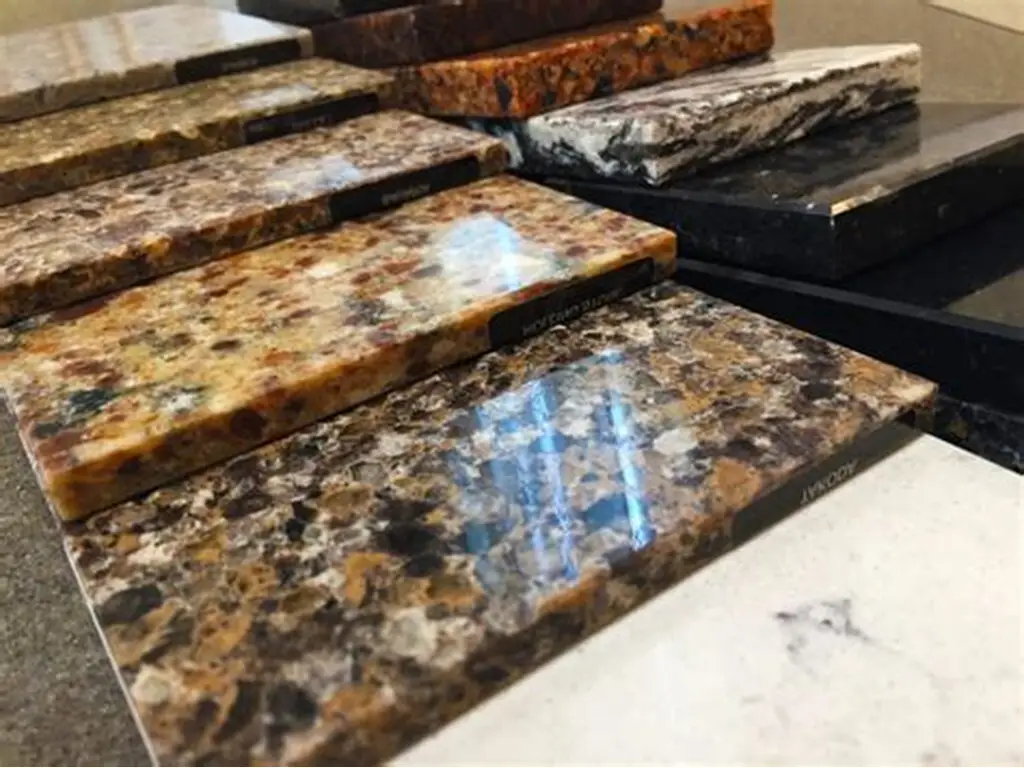Granite is widely revered for its strength, aesthetics, and versatility in both construction and interior design. From opulent kitchen surfaces to monumental architecture, this stone has stood the test of time. But from a geological perspective, is granite intrusive? Understanding the answer not only gives insight into its formation but also explains the enduring popularity of granite in the modern world.
In this article, we’ll take a deep dive into the geological nature of granite, explore its classification, properties, applications, and how this knowledge impacts everything from countertop maintenance to material sourcing.

What Is Granite?
Granite is a granular igneous rock composed mainly of quartz, feldspar, and mica. It is recognized for its unique speckled appearance, strength, and broad color range—including white granite countertops, black granite countertops, and even exotic veined patterns.
This natural stone is quarried around the globe and widely used in:
- Granite kitchen countertops
- Granite bathroom vanities
- Flooring and wall cladding
- Outdoor pavers and landscaping
Related read: Is Granite Igneous?

Intrusive vs. Extrusive: The Igneous Rock Divide
To understand granite’s classification, we need to briefly explain the two types of igneous rocks:
What Are Igneous Rocks?
Igneous rocks form from molten rock (magma or lava) that cools and solidifies. They are categorized as:
- Intrusive (Plutonic): Formed beneath Earth’s surface, where magma cools slowly, allowing large crystals to grow.
- Extrusive (Volcanic): Formed on or near the surface, where lava cools rapidly, resulting in fine-grained or glassy textures.
Is Granite Intrusive?
Yes, granite is an intrusive igneous rock. It forms deep within the Earth’s crust, typically several kilometers below the surface. Over millions of years, magma cools and crystallizes slowly in a high-pressure environment, giving granite its coarse-grained texture.
Further explore: Is Granite an Igneous Rock?
Geological Properties of Intrusive Granite
Texture and Composition
Due to its slow cooling, granite features visible crystals of:
- Quartz (light gray to translucent)
- Potassium feldspar (pink to white)
- Plagioclase feldspar (white to gray)
- Biotite and muscovite mica (black and silver flecks)
This mineral composition gives granite:
- High density
- Scratch resistance
- Heat resistance
These characteristics of granite contribute directly to its performance as a countertop or flooring material.
Formation and Stability
Granite is often associated with continental crusts, formed in areas where tectonic plates collide or subduct. The slow formation process results in a rock that is chemically stable, durable, and resistant to erosion.
Natural vs. Engineered Granite
Granite can be found in two primary forms in modern design:
Natural Granite
Quarried from mountains and processed into slabs, natural granite retains its mineral integrity. Each slab is unique in pattern and color, making it ideal for bespoke countertops.
Engineered Granite
This refers to engineered stone that mimics the look of granite but is composed of crushed stone mixed with resins. Though more uniform and sometimes more affordable, engineered granite lacks the geological authenticity of the real stone.
Applications of Granite in Design
From ancient temples to modern homes, granite has proven itself in both beauty and durability. Its usage includes:
- Kitchen surfaces: Best granite countertops for kitchens are durable and heat resistant.
- Bathrooms: Pairs beautifully with vanities and tiles.
- Backsplashes: Complements cabinet color pairings with contrast or harmony.
- Landscaping: Granite is used in paving, stairs, and retaining walls.
Related: Suction Cup tools are essential for safely handling granite slabs.
Granite Countertop Care and Maintenance
Despite its durability, granite requires proper care to maintain its luxurious appearance.
Cleaning Granite Surfaces
Use mild, pH-balanced cleaners to clean granite countertops. Avoid acidic or abrasive agents.
Sealing Granite
Even though granite is less porous than other stones, sealing granite helps prevent staining and water absorption. Reseal every 1–3 years depending on usage.
Repairing and Restoring
Polishing and chip repair may be required after years of use to keep your surfaces pristine.
Granite vs. Other Natural Stones
Let’s compare granite with other materials:
| Feature | Granite | Quartz | Marble | Soapstone |
|---|---|---|---|---|
| Rock Type | Intrusive Igneous | Engineered | Metamorphic | Metamorphic |
| Durability | High | High | Medium | Medium |
| Maintenance | Moderate | Low | High | Low |
| Heat Resistance | Excellent | Good | Poor | Good |
| Aesthetics | Natural Variation | Consistent | Elegant | Rustic |
| Porosity | Low–Moderate | Low | High | Low |
Granite strikes an ideal balance of natural beauty and long-term performance, outperforming many alternatives in natural stone countertop comparison.
Where to Buy Granite Countertops
Consumers can find affordable granite countertop options through:
- Local granite countertop suppliers
- Wholesale granite suppliers
- Aardwolf granite countertop collection
Look for premium suppliers like Aardwolf, offering:
- Aardwolf premium granite slabs
- Granite installation services
- Aardwolf granite pricing guide
Final Thoughts: Why Granite’s Intrusiveness Matters
Granite’s identity as an intrusive rock defines its core traits—strength, crystal structure, and heat resistance. These features make it one of the most trusted and aesthetic choices for modern architecture and interior surfaces.
Whether you’re exploring granite stone for countertops, cladding, or landscaping, understanding its origin gives you an edge in choosing, maintaining, and appreciating this remarkable material.
Also read:

